Encountering a Blue Screen of Death (BSOD) like the srttrail.txt error can be quite alarming, especially when your PC ends up in a continuous reboot loop. This issue often arises when there are corrupted system files or other underlying problems that Windows' Startup Repair can't resolve on its own. Fortunately, there are several methods you can try to fix this error and restore your system's functionality.
Method 1: Repair Corrupted System Files Using DISM, SFC, and CHKDSK
Corrupted or damaged system files are a common cause of the srttrail.txt BSOD error. Running the DISM (Deployment Image Servicing and Management), SFC (System File Checker), and CHKDSK (Check Disk) commands can help repair these files and fix disk errors. It's important to run these commands in the order specified to ensure that your system files are properly restored.
Step 1: If your PC is stuck in a BSOD loop and you can't access the desktop, you need to boot into the Advanced Startup Options. If you're on the Startup Repair screen, click on the 'Advanced Options' button.
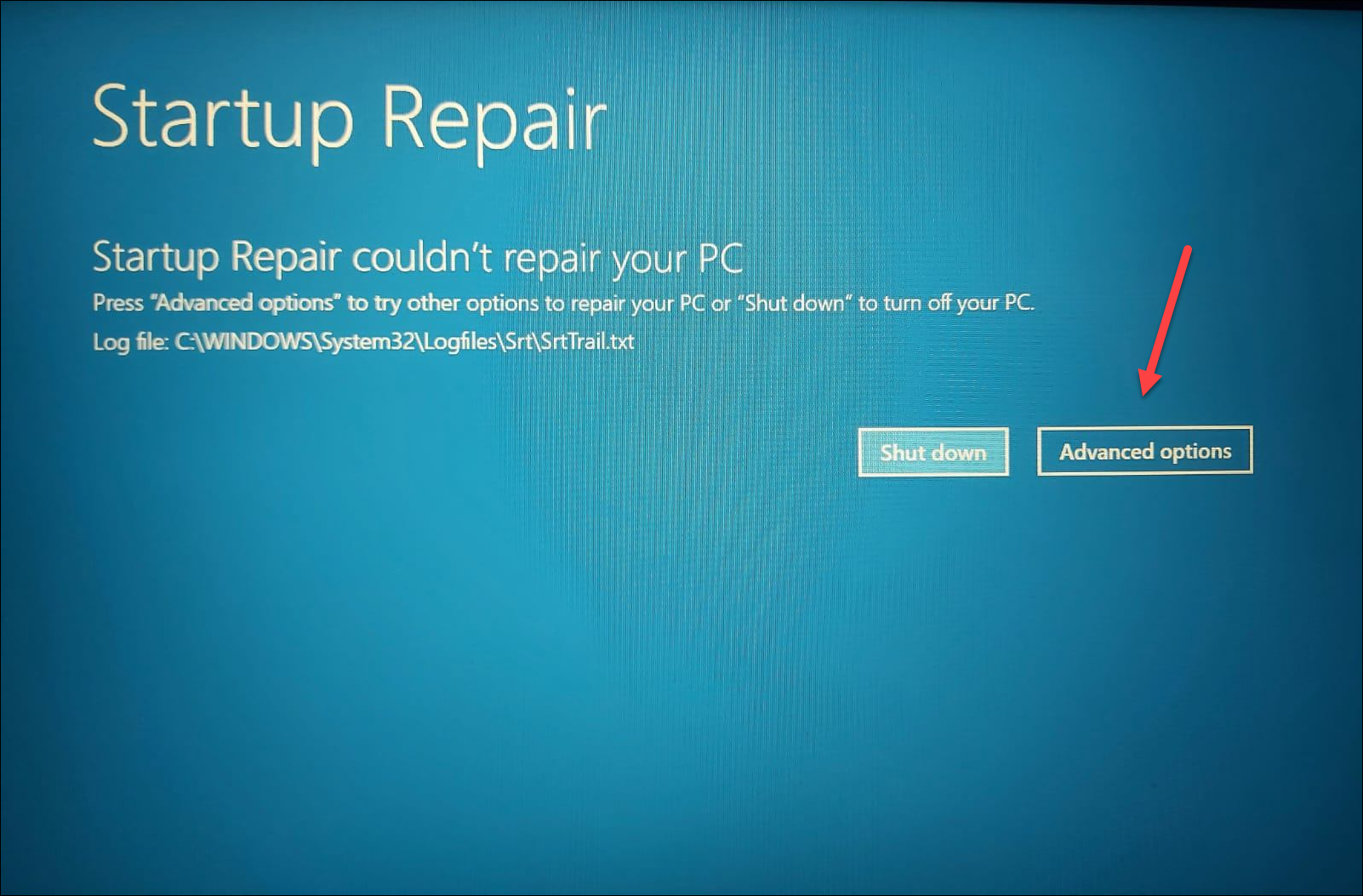
If you're not seeing the Startup Repair screen and can't log in to Windows, perform a hard shutdown by holding down the power button for about 20 seconds as soon as your PC starts to boot. Repeat this process three times. On the fourth boot, Windows should enter the Automatic Repair mode. On the Automatic Repair screen, click on the 'Troubleshoot' option.
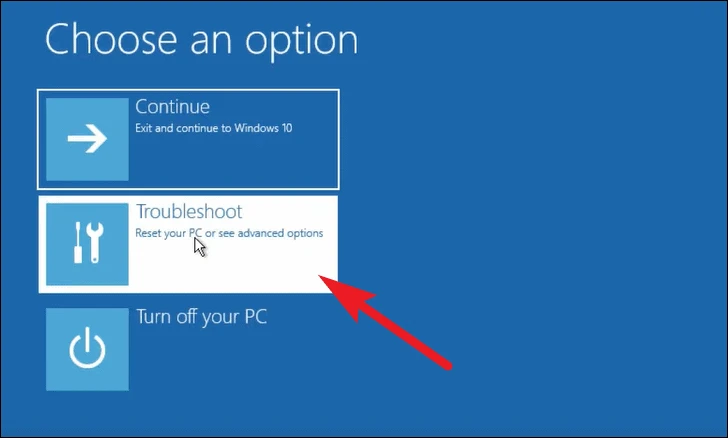
Step 2: In the Troubleshoot menu, click on 'Advanced options'.
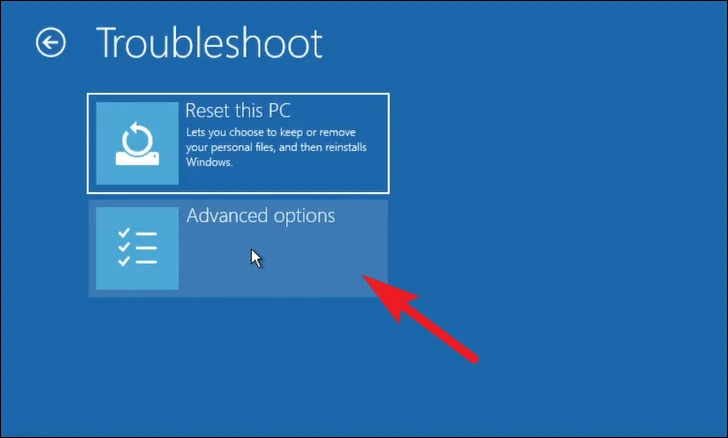
Step 3: From the Advanced options menu, select 'Command Prompt'.

Step 4: In the Command Prompt window, type the following command and press Enter to run DISM and restore the health of your system image:
DISM /Online /Cleanup-Image /RestoreHealth
Step 5: Once the DISM command completes, type the following command and press Enter to run the System File Checker and repair any corrupted system files:
SFC /scannow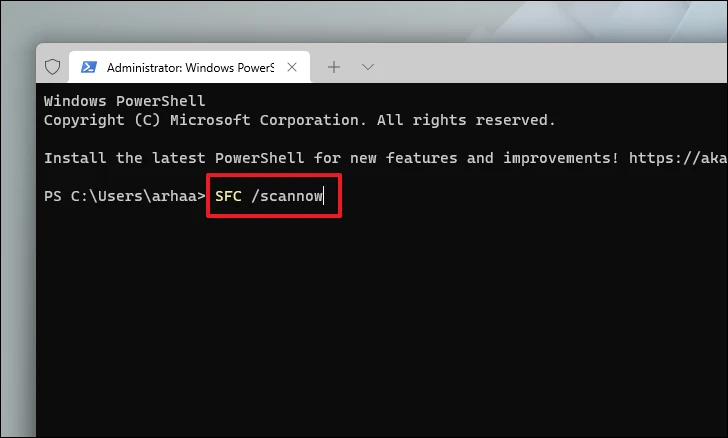
Step 6: After the SFC scan completes, type the following command and press Enter to check your disk for errors:
chkdsk /f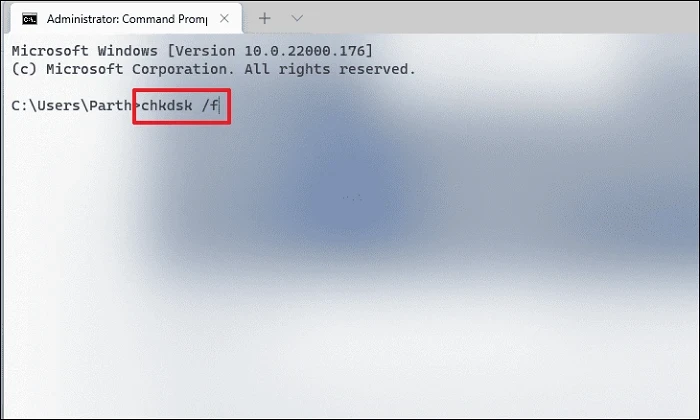
Step 7: When prompted, type Y and press Enter to schedule the disk check on the next restart.

Step 8: Restart your PC and allow the disk check to run. Once it completes, check if the BSOD error has been resolved.
Method 2: Repair the Master Boot Record (MBR)
A corrupted Master Boot Record can prevent your system from booting properly, leading to errors like srttrail.txt. Repairing the MBR can often fix these boot issues.
Step 1: Boot into the Advanced Startup Options as described in Method 1 and open the Command Prompt from the 'Advanced options' menu.
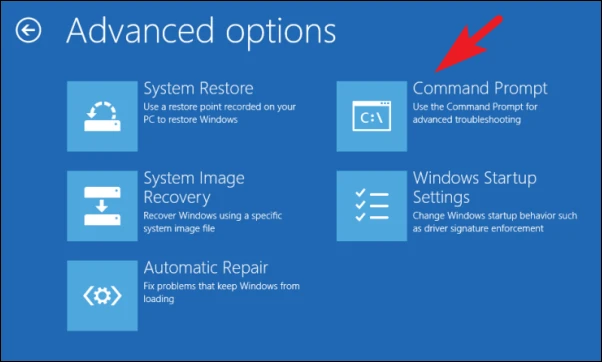
Step 2: In the Command Prompt, type the following commands one by one, pressing Enter after each command:
bootrec.exe /rebuildbcdbootrec.exe /fixmbrbootrec.exe /fixboot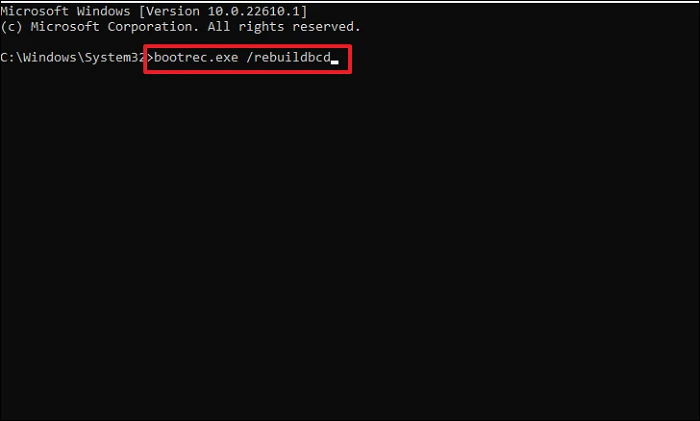
Step 3: After running these commands, restart your PC and see if the error persists.
Method 3: Disable Automatic Startup Repair
Sometimes, the Automatic Startup Repair feature can get stuck in a loop and prevent your system from booting properly. Disabling it might allow your system to boot normally.
Step 1: Boot into the Advanced Startup Options and open the Command Prompt as described previously.

Step 2: In the Command Prompt, type the following command and press Enter:
bcdedit /set {default} recoveryenabled No
Step 3: Restart your PC and check if Windows boots normally. If it does, the automatic repair loop has been successfully bypassed.
Method 4: Disconnect External Devices
Faulty or incompatible external devices can sometimes interfere with the boot process. Disconnecting them might resolve the BSOD error.
Step 1: Shut down your PC and disconnect all non-essential external devices such as USB drives, printers, and external hard drives.
Step 2: Restart your PC to see if it boots up without the BSOD error. If it does, one of the external devices may be causing the issue.
Step 3: Reconnect the devices one at a time, restarting your PC after each one, to identify the problematic device. Once identified, consider updating its drivers or replacing it.
If the issue persists after disconnecting external devices, proceed to the next method.
Method 5: Restore Your System from a Backup
If you have a previous system backup, restoring your PC to an earlier state might resolve the error. Keep in mind that this will remove any applications or files added after the backup was created.
Step 1: Boot into the Advanced Startup Options and select 'Troubleshoot'.
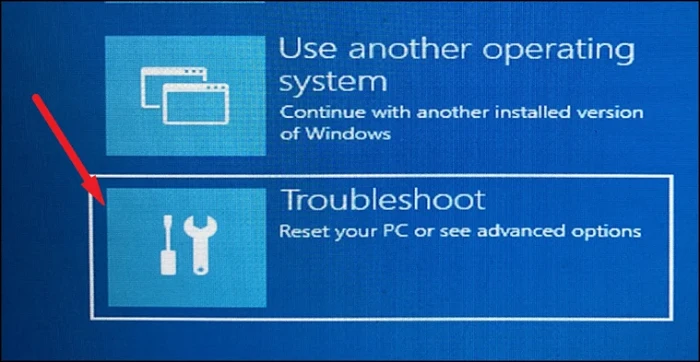
Step 2: Click on 'Advanced options', then select 'System Image Recovery'.
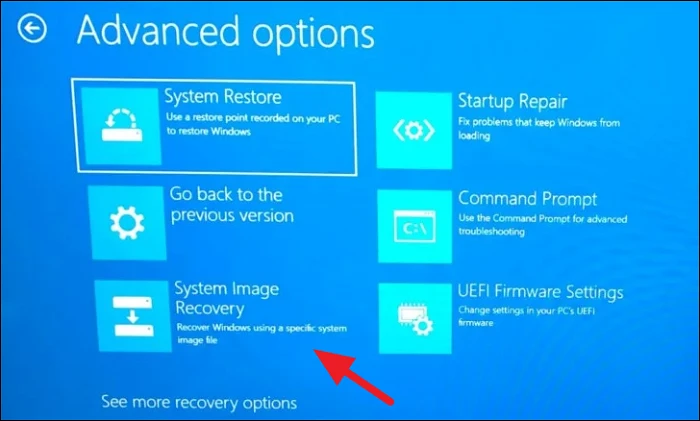
Step 3: Choose your account and enter your password if prompted.
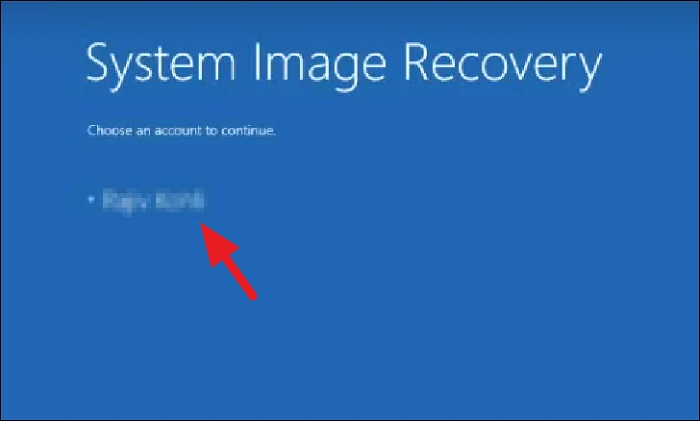
Step 4: Select 'Use the latest available system image' and click 'Next'.
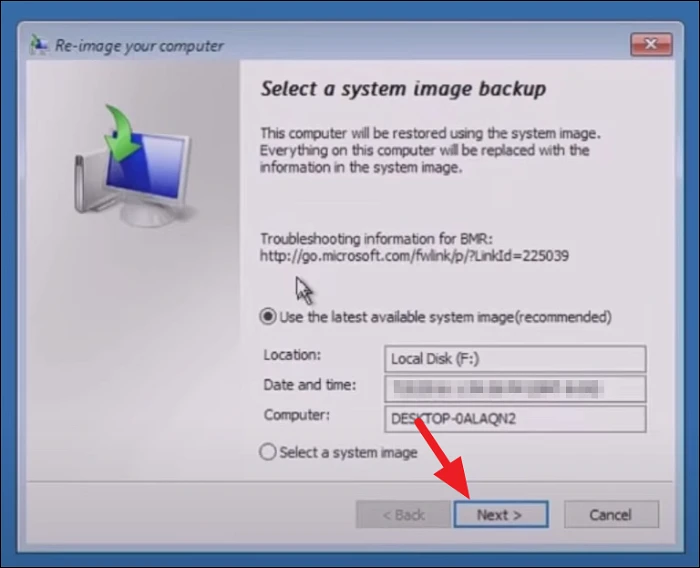
Step 5: Follow the on-screen instructions to complete the system restore process.
Method 6: Reset Your PC
If none of the above methods work, resetting your PC might be the solution. This will reinstall Windows and can either keep your personal files or remove everything, depending on your choice.
Step 1: Boot into the Advanced Startup Options and select 'Troubleshoot'.
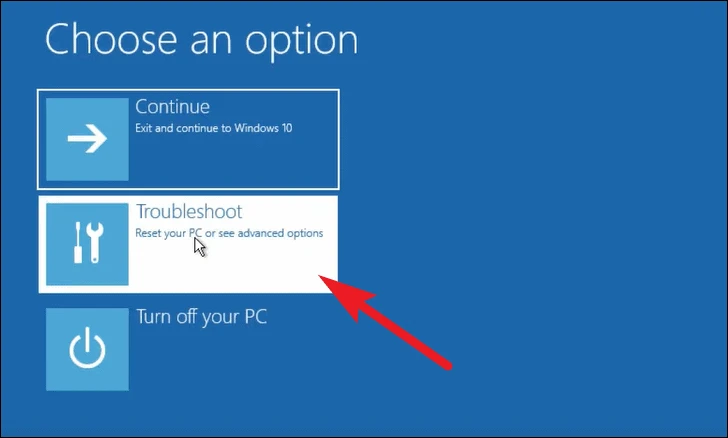
Step 2: Click on 'Reset this PC'.
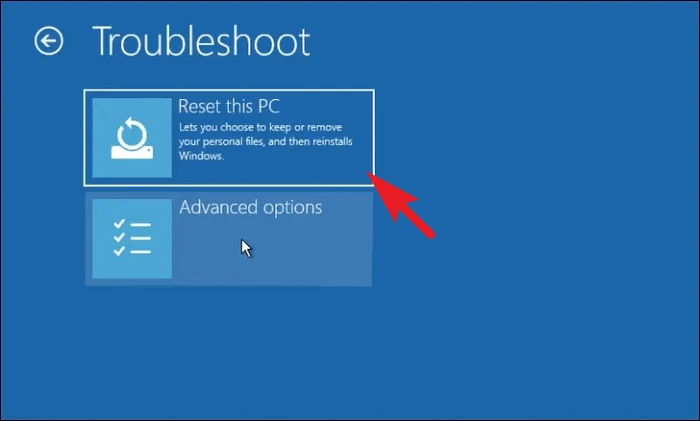
Step 3: Choose whether you want to 'Keep my files' or 'Remove everything'. Selecting 'Keep my files' will remove apps and settings but retain your personal files.

Step 4: Select the reinstall option. You can choose 'Cloud download' to download Windows from Microsoft's servers (requires an internet connection and will use more than 4 GB of data) or 'Local reinstall' to reinstall Windows from your device.
Note: 'Cloud download' requires an active internet connection and will consume a significant amount of data.
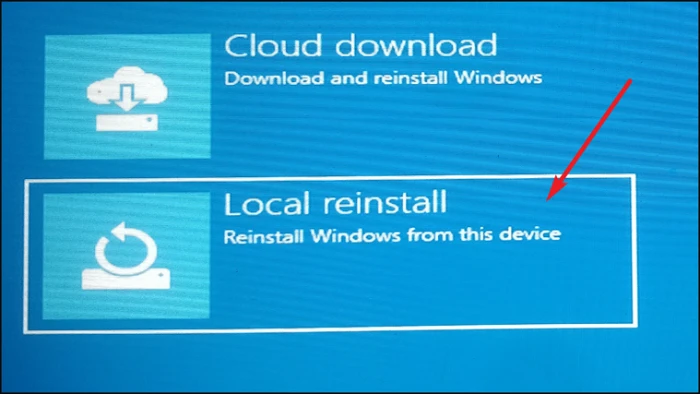
Step 5: Choose whether to 'Only the drive where Windows is installed' or 'All drives' based on your preference.

Step 6: Decide whether to 'Just remove my files' or 'Fully clean the drive'. The latter option is recommended if you're giving away your PC.

Step 7: Review the reset settings and click 'Reset' to begin the process. Your PC will restart and begin resetting.
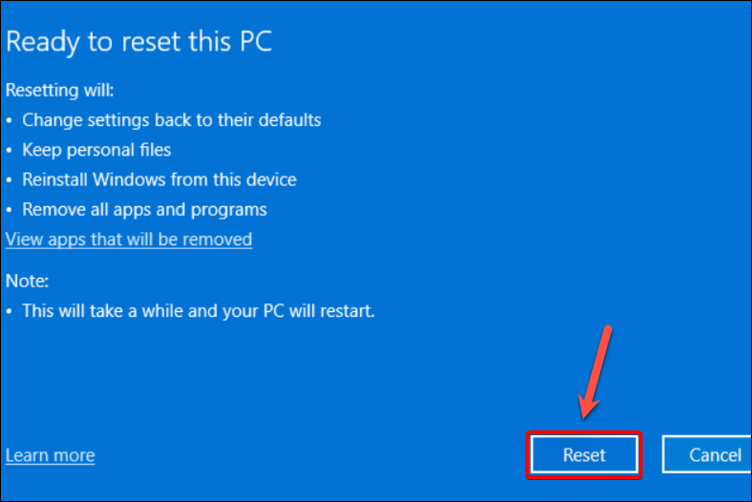
After the reset is complete, your PC should no longer experience the srttrail.txt BSOD error.
Hopefully, one of these methods helped you fix the srttrail.txt BSOD error on your Windows 11 PC. If the problem persists, consider seeking professional technical support.






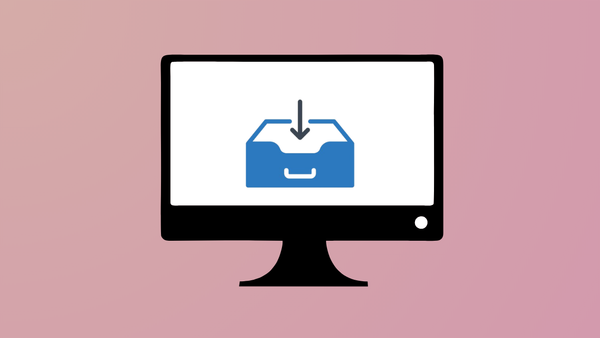

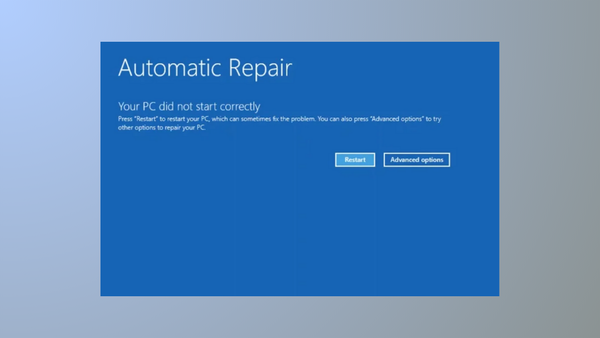
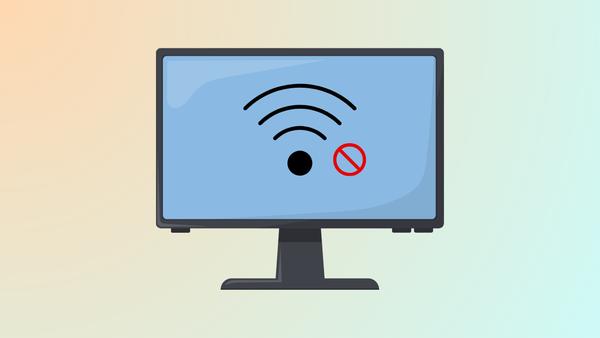

Member discussion